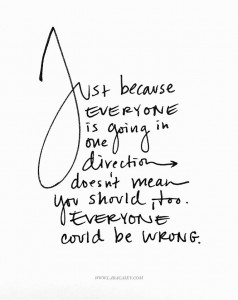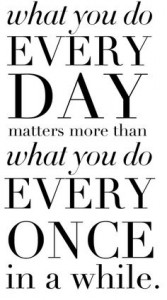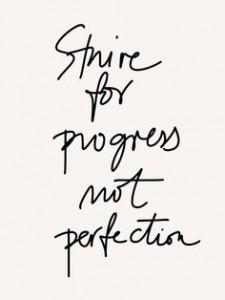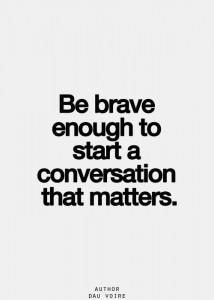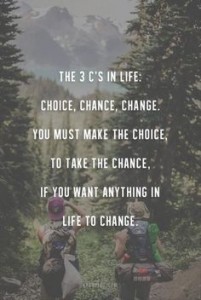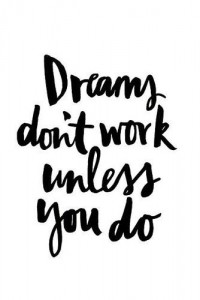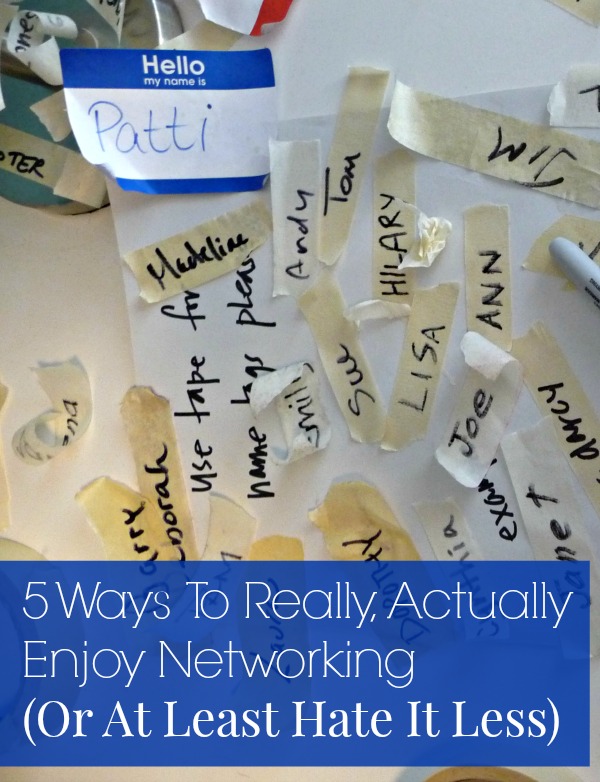
I wish I could begin this post by telling you that I’m a human who is immune to jealousy, self-doubt, or second thoughts.
When I see someone with less experience than me charging twice my rates, I think “Cheers to them for having that much chutzpah!”
When I see someone launch a wildly successful online course in my own area of expertise I meditate on the ‘There’s enough success for everyone’ mantra and send them a congratulatory email.
When I read about creating a scale-able business or leading a mastermind group or creating in-depth, hands-on ecourses, I calmly think “That’s not for me.” AND THEN I NEVER THINK ABOUT IT AGAIN.
Just to be clear, none of the above statements are true.
Like everyone else ever, I want my business to thrive. I read lots of business and blogging books and do my best to implement the tips that are the right fit for me + my business. I try my hardest to make decisions that will support a day-to-day life that looks and feels the way I want.
And yet.
That doesn’t stop me from struggling with ye olde “I see what they’re doing and it’s bringing them a lot of success and I know I could do it to and be good at it, I totally don’t want to do it but I know I theoretically could do it” neuroses.*
If you’ve never encountered this feeling - you are an amazing human and I’d like to be your friend.
If you have encountered it, you know what it looks like and how it feels.
It’s thinking you should publish new blog posts every day - even if you don’t like writing.
It’s thinking you should attend tons of conferences - even if you’re introverted, hate traveling, and have made tons of friends on Twitter.
It’s thinking you should launch a mastermind group - even if you prefer one-on-one client work and hate managing logistics.
If this sounds familiar, welcome to the club. I brought a cheese plate.
I brought this conundrum to my friend Laura and if it’s possible to cure someone of The Shoulds, I think she did.
Laura wisely pointed out that when we come down with a case of The Shoulds, we’re usually enamored of someone’s end result: 30,000 Instagram followers, a six-figure income, a book deal, a partnership with the big-name brand.
If you’re struggling with Shoulds (particularly Shoulds you know aren’t right for your) simply direct your gaze a few feet to the left, adjust your focus, and imagine the behind-the-scenes and day-to-day that went into creating those end results. Would you want to do the things necessary to get them?
Feel like you should be chasing a book deal?
Imagine the weeks (or months!) that go into crafting the perfect proposal. Now imagine piles of unanswered queries or template rejection letters. Imagine getting your book deal and realizing that your hourly rate for this book would break down to about $2.
Feel like you should be creating an app like I did?
Imagine 7 gajillion emails between your developer, you, and your designer and imagine you don’t understand the technical language in most of those emails. Imagine writing hundreds of short, inspiring snippets till your internal well runs so dry you look around your office thinking “Today, say yes to …. potted plants. calendars. lamp.”
Feel like you should be curating a beautiful, branded Instagram feed?
Imagine having a heart-to-heart conversation with a friend and stopping her mid-sentence so you can take a photo of your steaming soup. Imagine taking a sweet, meaningful photo of your travels but feeling like you can’t post it because the colors clash with your branding. Imagine strangers making snide comments about your hair/dog/choice of bedding.
I would never, ever dissuade you from going after something you truly want, something you know - in the marrow of your bones - is right for you. And the day-to-day reality of chasing any goal - even those we’re really excited about - is rarely glamorous.
But if you’re struggling to get past those should-y suggestions that leave you cold, take a minute to consider all the hard work you’d have to put into pursuing something you don’t even want.
Cured? Me, too.
Do you struggle with The Shoulds? I really feel like I ‘should’ be creating a course or a group offering, that I’m losing money by only offering one-on-one work. But I like one-on-one work! I don’t want to lead group calls or manage a Facebook group. What ‘shoulds’ are wrong for you?
* Catchy name for a neuroses, right?
photo by Mike Lewinski // cc
